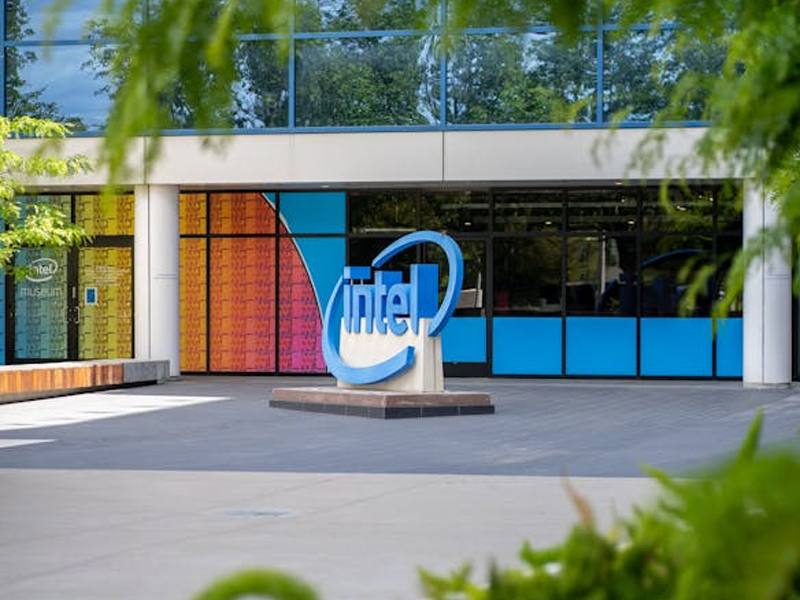Protecting Teens on Instagram: Meta Tests Automatic Nudity Blurring in DMs

Tech news
Automatic Nudity Detection
Leveraging image recognition technology, Instagram will attempt to identify nude images sent through DMs.Blurring the Image
If nudity is detected, the image will be automatically blurred before the recipient sees it. This provides a layer of protection, preventing teens from being immediately confronted with explicit content.Safety Warnings and Resources
The recipient will see a warning message explaining the potential risks of sharing nude photos and offering resources for help and support. This feature will be enabled by default for users under the age of 18, aiming to proactively safeguard them from unwanted exposure. Users above 18 will receive a notification about the feature and have the option to enable it if they wish.Addressing Sextortion: A Growing Threat for Teens
 Sextortion is a prevalent form of online harassment that specifically targets minors. Perpetrators may use social media platforms to coerce teens into sending explicit photos or videos. These images are then used to blackmail the victim, demanding money, additional photos, or compromising them socially.
The psychological impact of sextortion on teens can be devastating, leading to feelings of shame, anxiety, and even depression. According to the National Center for Missing and Exploited Children (NCMEC), sextortion reports involving minors have increased significantly in recent years. Meta’s initiative highlights the growing need for proactive measures to protect teens in the digital space.
Sextortion is a prevalent form of online harassment that specifically targets minors. Perpetrators may use social media platforms to coerce teens into sending explicit photos or videos. These images are then used to blackmail the victim, demanding money, additional photos, or compromising them socially.
The psychological impact of sextortion on teens can be devastating, leading to feelings of shame, anxiety, and even depression. According to the National Center for Missing and Exploited Children (NCMEC), sextortion reports involving minors have increased significantly in recent years. Meta’s initiative highlights the growing need for proactive measures to protect teens in the digital space.
Potential Challenges and Considerations
While automatic blurring aims to be a positive step, there are potential challenges to consider:False Positives
The image recognition technology might misidentify non-nude images, causing unnecessary blurring and frustration for users.Circumventing the System
Tech-savvy predators might find ways to bypass the system, such as sending partial nudity or altered images.Open Communication
The ideal solution lies in open communication between parents and teens about online safety and appropriate behavior on social media. It’s important to remember that technology offers a partial solution. Open communication between parents and teens about online safety remains crucial.The Ongoing Fight for a Safer Online Space
 Meta’s initiative is a step in the right direction towards creating a safer online environment for teens on Instagram. While technological solutions have limitations, they can be valuable tools when combined with open communication and education. Here are some additional tips for parents and teens:
Meta’s initiative is a step in the right direction towards creating a safer online environment for teens on Instagram. While technological solutions have limitations, they can be valuable tools when combined with open communication and education. Here are some additional tips for parents and teens:
Privacy Settings
Review and adjust Instagram’s privacy settings to control who can send DMs.Reporting Tools
Educate teens on how to report inappropriate content and block users.Open Communication
Encourage open communication so teens feel comfortable discussing online experiences with parents or guardians. By working together, parents, teens, and social media platforms can create a safer online space where teens can connect and explore without fear of harassment or exploitation. References:- Meta Newsroom: https://www.facebook.com/business/help/461775097570076
- National Center for Missing and Exploited Children (NCMEC): https://www.missingkids.org/home
You Might Be Interested In:
- Mixed Signals: Decoding Intel’s Stock Slump Despite Earnings Beat
- Beyond Likes and Followers: Exploring the Evolving Landscape of Social Media
- Is TikTok Facing a US Ban? Decoding the New Law and Its Impact on Millions of Users
- Click, Buy, Pollute? Environmental Impact of Online Shopping and Ways for Sustainable E-commerce
Frequently Asked Questions?

01
Blockchain Technology
Mixed Signals: Decoding Intel’s Stock Slump Despite Earnings Beat
Apr 29, 2024

01
Cybersecurity
Beyond Likes and Followers: Exploring the Evolving Landscape of Social Media
Apr 28, 2024
01
Tech news
Is TikTok Facing a US Ban? Decoding the New Law and Its Impact on Millions of Users
Apr 27, 2024

01
Blockchain
The High Price of Crypto: Environmental Cost of Mining and Solutions for a Greener Future
Apr 25, 2024
SUSBSCRIBE TO OUR NEWSLETTER
Join our subscribers list to get the latest news and special offers.
Mixed Signals: Decoding Intel’s Stock Slump Despite Earnings Beat
Beyond Likes and Followers: Exploring the Evolving Landscape of Social Media
Is TikTok Facing a US Ban? Decoding the New Law and Its Impact on Millions of Users
Click, Buy, Pollute? Environmental Impact of Online Shopping and Ways for Sustainable E-commerce